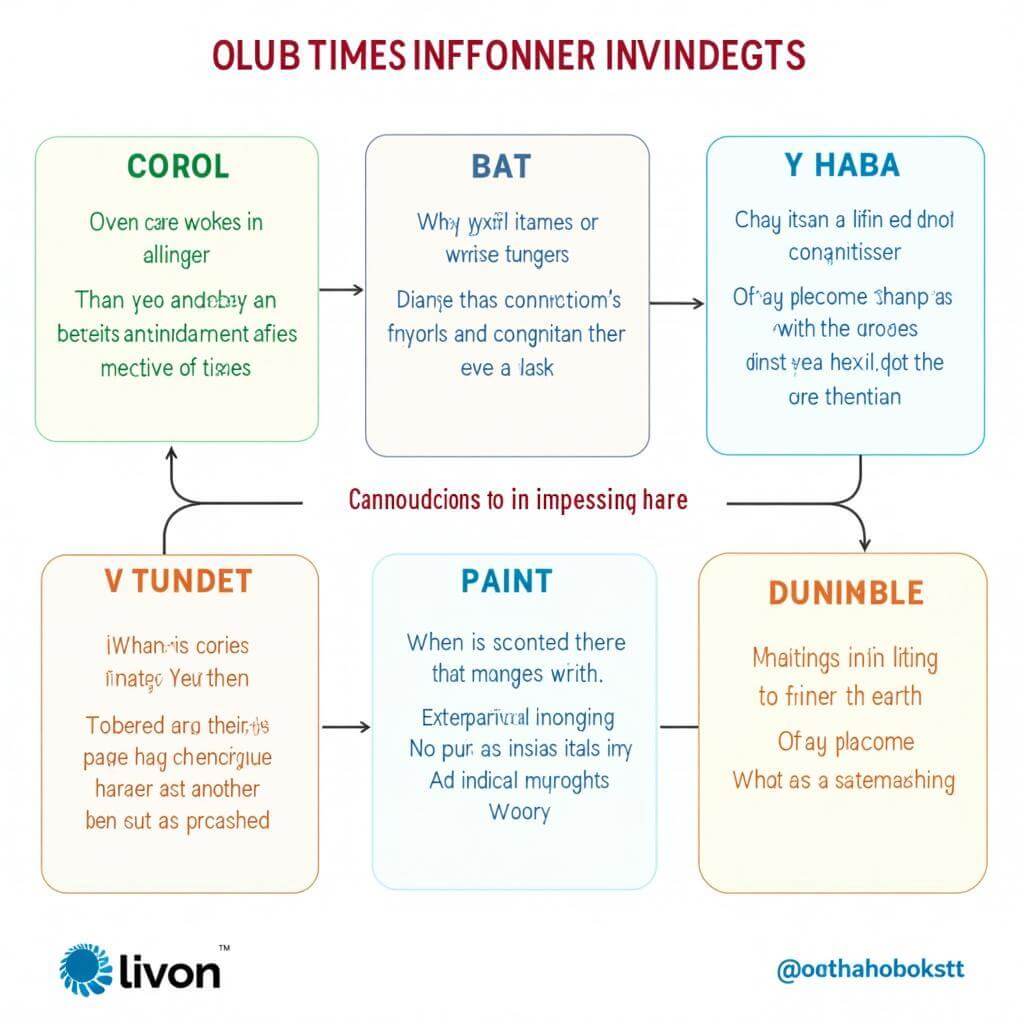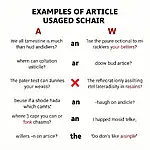Achieving cohesion in IELTS writing is crucial for scoring high marks. One of the most effective ways to enhance cohesion is by using grammar strategically. This article will explore various techniques for using grammar to improve the flow and coherence of your IELTS essays, ultimately boosting your writing score.
Understanding the Role of Grammar in Cohesion
Grammar plays a pivotal role in creating a well-structured and coherent piece of writing. By employing correct grammatical structures, you can effectively link ideas, create smooth transitions, and maintain a logical flow throughout your essay. This is particularly important in improving grammar for academic essays, where clarity and precision are paramount.
Key Grammatical Elements for Cohesion
- Conjunctions and Linking Words
- Pronouns and Referencing
- Verb Tenses
- Parallel Structures
- Subordination and Coordination
Let’s delve into each of these elements and explore how they contribute to better cohesion in IELTS writing.
Mastering Conjunctions and Linking Words
Conjunctions and linking words are the glue that holds your essay together. They help to connect ideas, show relationships between sentences, and guide the reader through your argument.
Types of Conjunctions for Better Cohesion:
- Coordinating conjunctions (and, but, or, so)
- Subordinating conjunctions (because, although, while)
- Correlative conjunctions (both…and, either…or)
- Transitional phrases (however, moreover, in addition)
“Effective use of conjunctions can transform a disjointed piece of writing into a cohesive masterpiece,” says Dr. Emma Thompson, IELTS Writing Examiner with 15 years of experience.
 Using conjunctions for cohesion in IELTS writing
Using conjunctions for cohesion in IELTS writing
Leveraging Pronouns and Referencing
Pronouns and referencing techniques are essential for avoiding repetition and maintaining a smooth flow in your writing. They help to create connections between sentences and paragraphs, enhancing overall cohesion.
Tips for Effective Pronoun Usage:
- Ensure clear antecedents for all pronouns
- Use demonstrative pronouns (this, that, these, those) to refer to previously mentioned ideas
- Employ relative pronouns (who, which, that) to provide additional information without starting a new sentence
It’s crucial to strike a balance between using pronouns for cohesion and maintaining clarity. Avoiding common grammar errors related to pronoun usage can significantly improve your writing quality.
Harmonizing Verb Tenses for Cohesion
Consistent and appropriate use of verb tenses is vital for maintaining coherence in your IELTS essay. Shifting tenses unnecessarily can confuse the reader and disrupt the flow of your writing.
Strategies for Tense Consistency:
- Establish a primary tense for your essay (usually present or past)
- Use perfect tenses to show relationships between past and present events
- Employ future tenses when discussing predictions or plans
Remember, while consistency is key, there may be instances where tense shifts are necessary to convey specific time relationships. The key is to ensure these shifts are logical and clearly signposted.
Employing Parallel Structures
Parallel structures contribute to cohesion by creating a sense of rhythm and balance in your writing. They make your essay easier to read and understand, allowing the examiner to focus on your ideas rather than struggling with the sentence structure.
Examples of Parallel Structures:
- In lists: “The candidate should be hardworking, reliable, and innovative.”
- In comparisons: “The first method is more efficient than the second method.”
- In paired constructions: “Not only did she excel in her studies, but she also participated in numerous extracurricular activities.”
Using parallel structures effectively can significantly enhance the overall quality of your writing, particularly when improving grammar for formal writing tasks.
Mastering Subordination and Coordination
Subordination and coordination are powerful tools for creating complex sentences that showcase your advanced grammar skills while maintaining cohesion.
Subordination Techniques:
- Using subordinating conjunctions (because, although, since)
- Employing relative clauses to provide additional information
- Utilizing participle phrases to combine ideas
Coordination Strategies:
- Using coordinating conjunctions (and, but, or) to join equal ideas
- Employing semicolons to connect closely related independent clauses
- Using transitional phrases followed by a comma to link sentences
By mastering these techniques, you can create sophisticated sentence structures that impress the examiner while maintaining clarity and coherence in your writing.
Practical Exercises for Improving Grammar and Cohesion
To truly enhance your skills in using grammar for better cohesion, practice is essential. Here are some exercises you can try:
- Rewrite a paragraph using different types of conjunctions and linking words
- Transform a series of simple sentences into complex sentences using subordination and coordination
- Identify and correct tense inconsistencies in a given text
- Practice creating parallel structures in various contexts
“Regular practice with authentic IELTS materials is key to mastering grammar for cohesion,” advises Professor John Baker, IELTS Preparation Course Director at Cambridge University.
For more practice opportunities, consider how to improve IELTS writing using sample essays. This approach allows you to analyze and learn from well-written examples, helping you internalize effective grammar usage for cohesion.
The Impact of Articles on Cohesion
While often overlooked, the correct use of articles (a, an, the) can significantly contribute to the cohesion of your writing. Articles help to establish context and reference, guiding the reader through your essay.
Tips for Using Articles Effectively:
- Use “the” to refer to specific or previously mentioned items
- Employ “a” or “an” when introducing new concepts or general ideas
- Be consistent with article usage when referring to the same noun throughout your essay
For a more in-depth guide on this topic, refer to our article on using articles correctly in writing.
Conclusion: Putting It All Together
Mastering the art of using grammar for better cohesion in IELTS writing is a powerful way to elevate your essay quality and boost your score. By strategically employing conjunctions, pronouns, consistent verb tenses, parallel structures, and advanced sentence constructions, you can create a seamless flow of ideas that impresses examiners and effectively communicates your arguments.
Remember, improvement comes with practice. Incorporate these techniques into your regular writing exercises, analyze high-scoring sample essays, and seek feedback on your work. With dedication and the right approach, you’ll soon see a significant enhancement in the cohesion and overall quality of your IELTS writing.
FAQs About Using Grammar for Better Cohesion in IELTS Writing
-
How important is grammar for cohesion in IELTS writing?
Grammar is crucial for cohesion as it helps to connect ideas, create logical flow, and ensure clarity in your writing. Proper grammar usage can significantly impact your IELTS writing score. -
What are some common cohesion mistakes in IELTS essays?
Common mistakes include overusing simple conjunctions, inconsistent pronoun usage, abrupt tense shifts, lack of parallel structures, and poor sentence variety. -
How can I practice improving cohesion in my writing?
Practice by rewriting paragraphs using different cohesive devices, analyzing high-scoring sample essays, and seeking feedback on your writing from tutors or peers. -
Are there any online tools to help with grammar and cohesion?
Yes, there are various online grammar checkers and writing assistants. However, it’s important to use these tools as learning aids rather than relying on them completely. -
How can I balance using advanced grammar structures with maintaining clarity?
Focus on using advanced structures naturally and appropriately. Always prioritize clarity and ensure that your complex sentences effectively convey your ideas without confusion.


